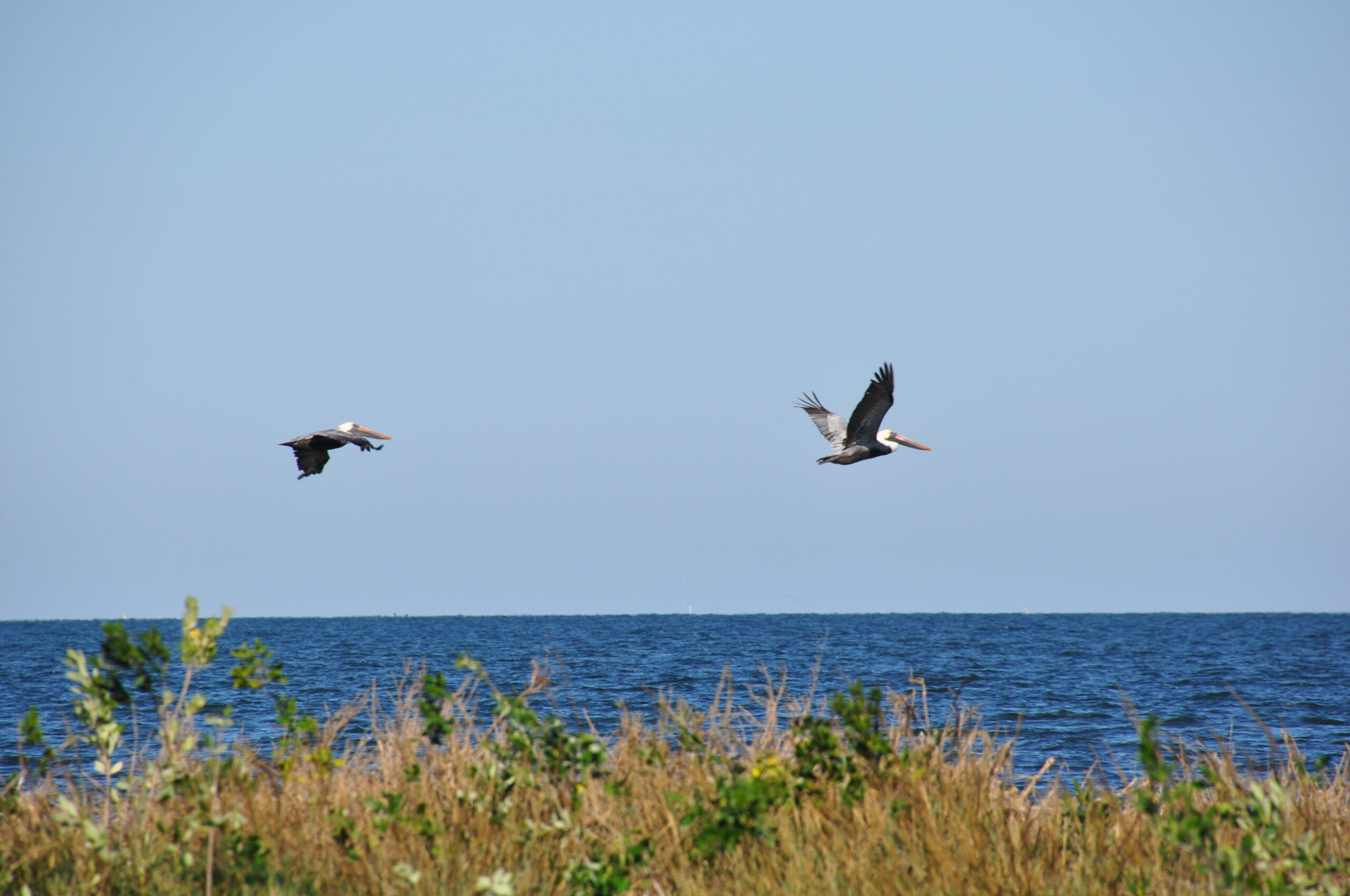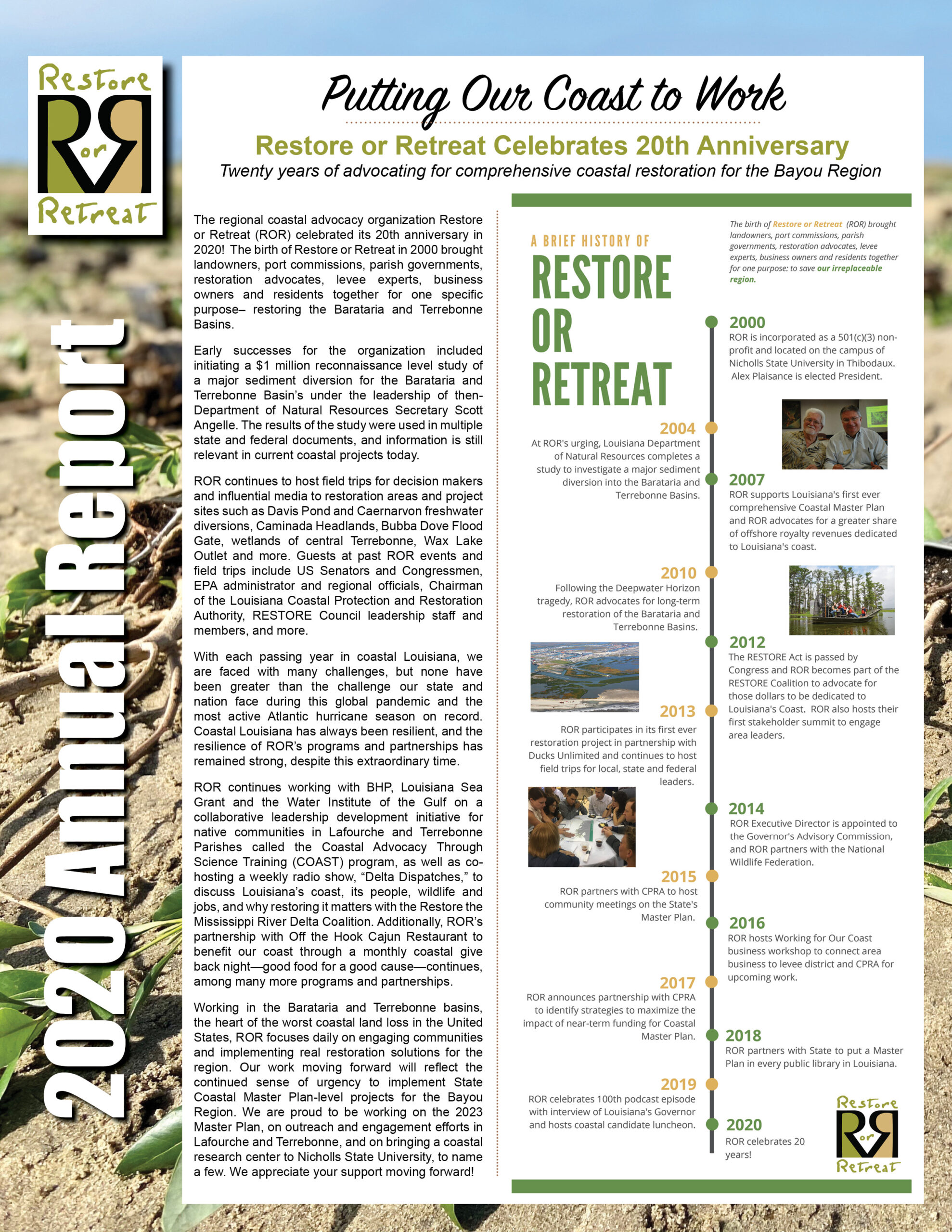Nutria: Friend or Foe of Wetlands
Nutria: Friend or Foe of Wetlands

The nutria, a large, semi-aquatic rodent native to South America was introduced to North America to benefit the fur industry in the 1930s. Louisiana led the fur industry at its peak when 1.8 million nutria pelts were worth $15.7 million, reaching an average price of $8.19 per pelt. During the fur trade, the nutria was also used as a biological agent to control aquatic weeds—primarily water hyacinth—and was distributed along the coast, with a large concentration in southeast Louisiana. Due to changes in the industry, the fur trade quickly declined during the 1980s, leaving an immense overabundance of nutria in coastal North America.
Nutria mature quickly, reaching reproductive maturity at 3-9 months, with the ability to produce 2 litters of 1-13 young and become pregnant a third time all within one year. With the lack of significant natural population control and a high reproductive rate, the population of nutria grew tremendously and made a historic, yet detrimental, impact on coastal marshes and agricultural fields. Primarily herbivorous, nutria have a diet ranging from aquatic, sub-aquatic, and land plants; they often feed on the base of the plant, constructing large holes from digging for roots and rhizomes, halting plant regrowth. Not only do nutria feed at a rapid pace, but they also consume approximately 25 percent of their body weight daily.
With vegetative growth being critical to hold sediments in place for the formation of new wetlands, the Coastal Wetland Planning, Protection, and Restoration Act implemented the Coastwide Nutria Control Program in 2002 in hopes of protecting wetland growth and vegetation. The Coastwide Nutria Control Program was designed to eradicate 400,000 nutria annually with an incentive payment to encourage nutria harvesting. Prior to the program installment in 2002, aerial surveys from 1993-2001 revealed approximately 100,000 acres of nutria-damaged marsh coastwide. Since 2001, CWPPRA and Louisiana Department of Wildlife and Fisheries-led survey has documented about 27,000 acres of marsh converted to open water by nutria. Last year, about 350,000 tails were turned in, which amounted to a $1.7 million payout to 274 participants. More than a quarter of all bounty tails turned in came from Terrebonne parish- also where about 99% of all damage was inflicted. The latest season’s totals have not been released, but they were falling far short in April, with just under 200,000 tails reported.



